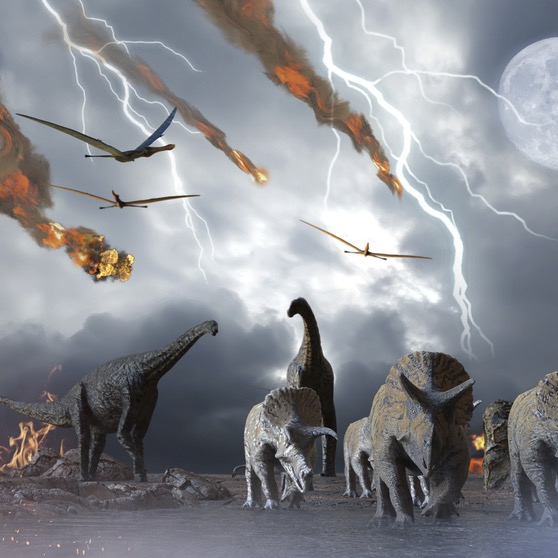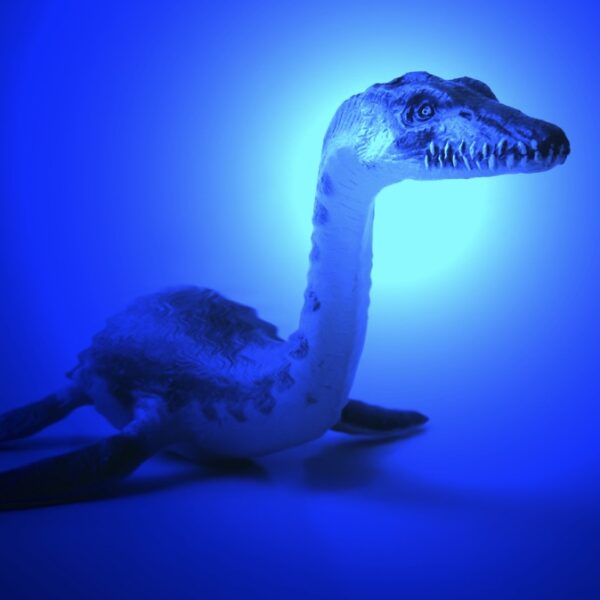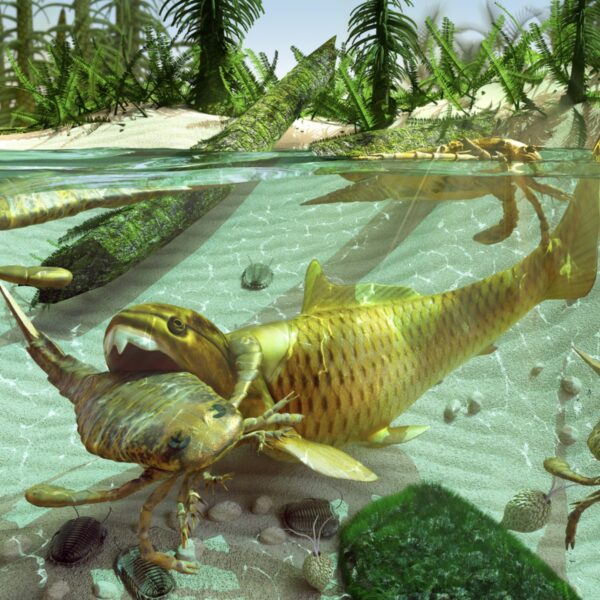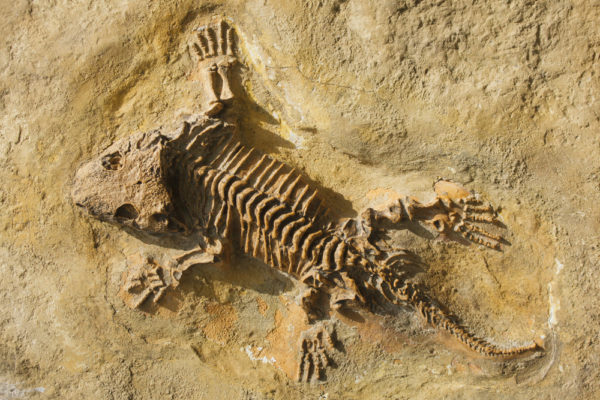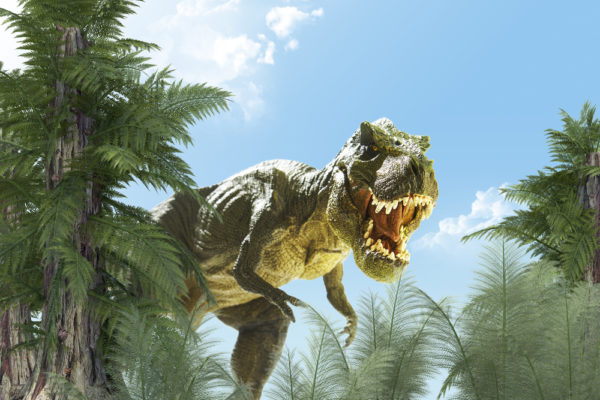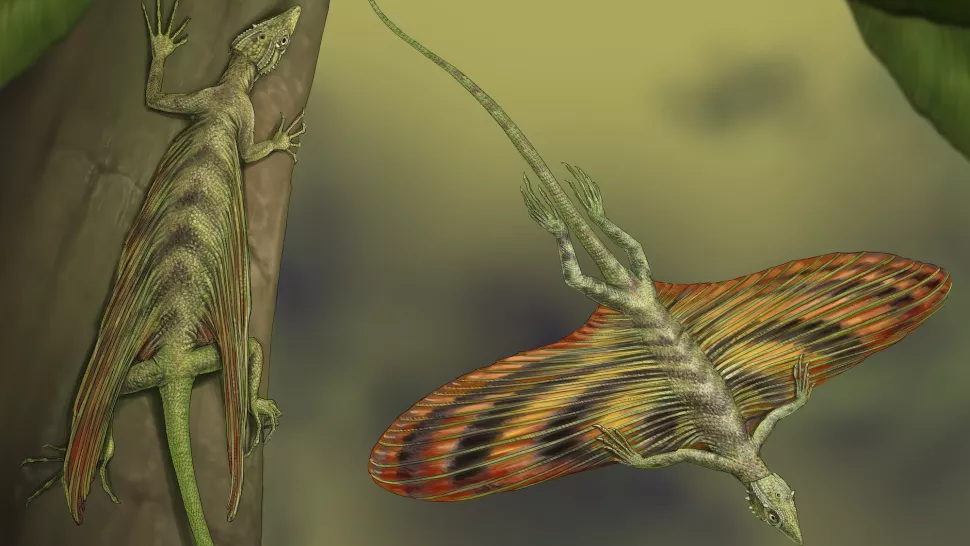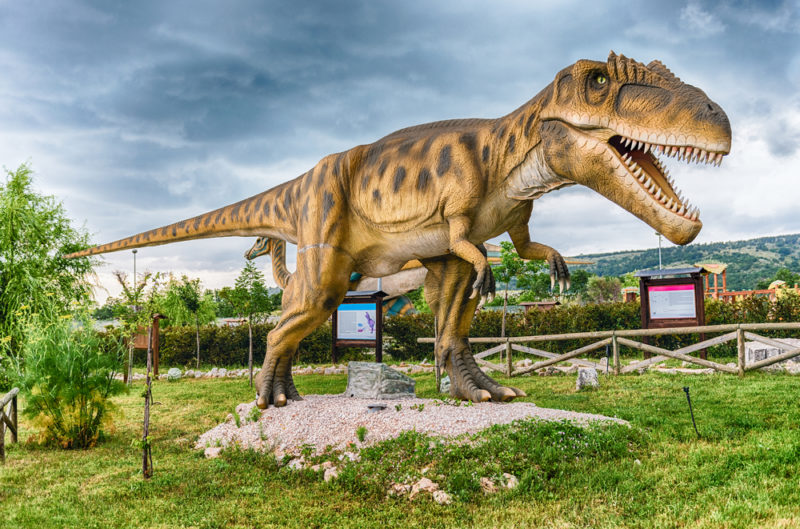Writer Fuel: New Study Questions Length of Dinosaurs’ “Nuclear Winter”
The asteroid that wiped out the dinosaurs did not trigger a long-lasting impact winter, scientists have found — a discovery that raises new questions about what happened on Earth just after it hit. One spring day 66 million years ago, a 6-mile-wide (10 kilometers) asteroid smashed into the Yucatán Peninsula and upended life on Earth. … Read more

